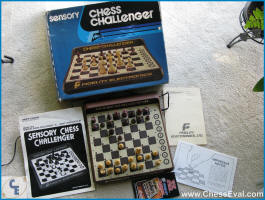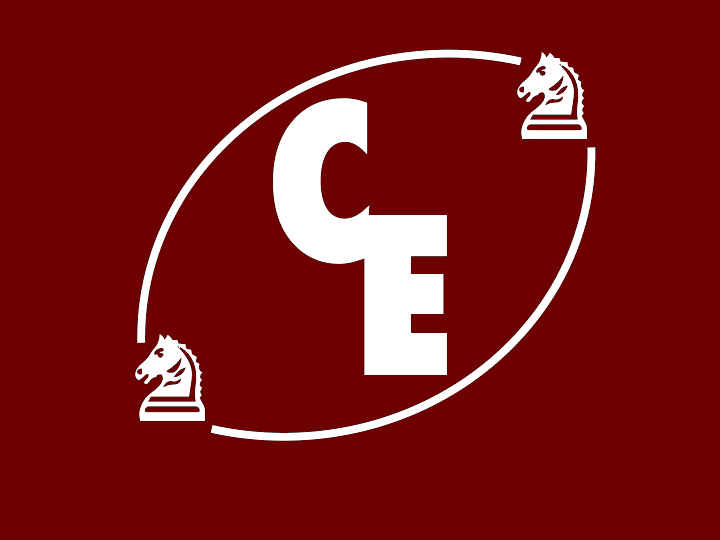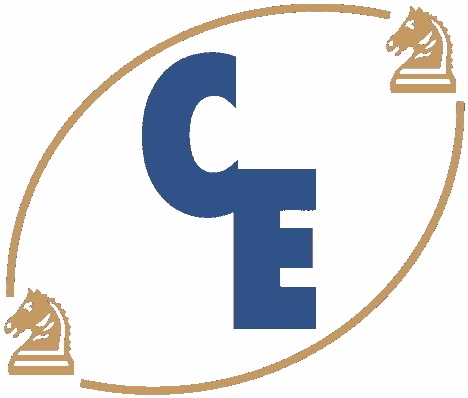Earlier in the eighties, when chess computers started
becoming popular, there were no Internet forums and no eBay.
In Berlin we used to get to to know each other in the
only chess computer store owned by the husband and wife
Ketterling in Tempelhof, near the airport, either doing
business with each other or even just by standing side by
side while peering through the shop window or watching the
Novag Robot while in auto play.
There was one more shopping point: in the games
department of the KaDeWe department store, there was a large
section just for chess computers. Something like this would
be unthinkable today. (I saw something similar only at
Harrods in London.) There, people used to admire the new
devices in display, and eventually spoke to each other.
Thus, gradually a small community formed with a common
addiction: the beeping and glowing chess computer. These
people came from all the districts of Berlin and met
occasionally especially to swap.
For me it has always been a great relief to be able to
play chess whenever I had the opportunity.
I never contacted any chess clubs, probably feeling of
not being good enough to belong to them.
The chess computer solved this problem: it was ready at
all times and I did not have to leave the house to play.
Fidelity Sensory 8 was my first chess
computer, and everything that came after it landed on my
desk. But I was really electrified by the
Prestige model. Through a friend I came in contact
with a man who translated the American manual into German,
and who also had some Prestige models.
But I was really electrified by the
Prestige model. Through a friend I came in contact
with a man who translated the American manual into German,
and who also had some Prestige models.
Once I got my first Prestige I was really bitten by the
computer chess bug. While on holiday in Sylt, I called up
dealer Musch, a name that all German chess lovers are
familiar with. When I arrived in Berlin the Prestige was
there. Dealer Musch has supported many of us in their new
acquisition and equipment and taken part in exchanges. At
the time the Prestige cost a lot of money,
about 3,000 marks. But it was worth every penny.
Collecting began later.
Thank God, I did it in a way that my budget did not get
out of control.
One wonders again and again, where the top collectors,
who indeed brought virtually every existing device, could
sometimes store these large appliances. Should we perhaps
imagine that to reach the kitchen table at their living
quarters, they go through a narrow passage between all
boxes...?? That they need to re-stack for ten minutes before
they can reach their balcony, where also there is room for
only a small chair next to all the computers...?
Ask them about it yourself...
But I think that they have the required premises, and I
certainly believe that they are keeping safe the most
expensive equipment.
If a collector has many devices around, the temptation is
great to let these play against each other.
Many could not resist this temptation, and still fill the
tables of some websites.
I've never done that, because I understand (I think
Ketterling has demonstrated it in detail) that you would
have to play hundreds of games in order to get a statement
value.
But I knew collectors who have had extensive lists, and
who meticulously logged the respective turn times to the
exact second.
I am more interested by the playing styles of the
different programs and what I can learn from playing with
them.
As a Fidelity fan, I also have to
recognize my respect for the Amsterdam and his successors,
who simply had more human traits and pursued clearer
strategies. On the other hand, Fidelity devices
conjured more bewildering combinations,... as the saying
goes… (Jungle Chess)...
Then I came to know collectors who dared to have their
wives bear the beeping of the two devices on the coffee
table during the evening TV program. Since just watching TV
was too boring, they had to get engaged with something
else...
And there were also the collectors who turned to
correspondence chess, and stared at the devices for hours,
and everyday spent hours filling the twenty or so
correspondence chess postcards, with the risk of almost
completely loose touch with normal life.
I met collectors who, during quasi manic attacks, would
sell their entire collection in the matter of a few days
only to be back starting collecting again after a few weeks.
They could cope with the void that was created just by
refilling their collection. This process would repeat itself
several times.
The times when we were all waiting for the new models -
often around Christmas, were eventually over once the PC
programs started dominating the headlines.
The boom was over, there were no more new chess computer
board being placed on the market.
The struggle of the Mephistos against the Fidelitys lost
its appeal, the specific processors were determining the
pace, and the programs would be replaced almost monthly.
Many collectors, including myself, gradually separated
themselves from their devices.
Little did they know, that the chess computer would go
through a revival.
Here, the auction platform eBay plays a big role. Such a
large scale auction platform did not exist before. Earlier
you could also find a few devices being offered in one or
two forums, but not to this extent and in this wide
selection. Anyone who had the right business sense during
the early days of eBay, is likely to have gathered with
relatively little money an impressive collection.
Because of two unfortunate events I had to separate
myself from my remaining devices.
At some point I was left only with a Sensory 9 and a
Forte B.
But I never lost my passion for collecting chess
computer, and, most of all, the Fidelity devices are dearest
to me.
A number of these favorites is again gathered on or
around my desk.
Some devices are now hidden again also under the bed and
on top of the cupboard...

